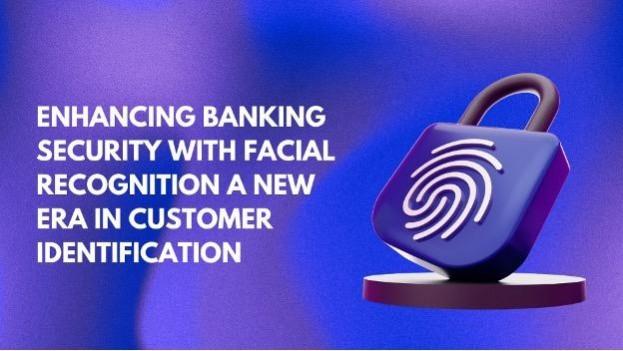
Innovative security technologies are transforming the banking sector by enhancing efficiency and safety. Venkata Raja Ravi Kumar Gelle examines how facial recognition technology strengthens banking security while refining customer experiences. His research highlights how biometric authentication is revolutionizing identity verification in financial institutions, making transactions more seamless and secure.
The Rise of Facial Recognition in Banking
As digital transactions grow, traditional security methods like PINs and manual ID checks are becoming obsolete. Facial recognition technology, utilizing advanced image processing and machine learning, enables swift, secure authentication. By analyzing facial features, banks enhance security while minimizing reliance on outdated verification techniques.
Key Components of Facial Recognition Systems
Facial recognition technology relies on sophisticated mechanisms to ensure precise identification. It includes:
- Image Processing Algorithms: These detect and extract key facial features for accurate authentication.
- Real-Time Matching: Advanced computing capabilities enable instantaneous verification, reducing customer wait times.
- Encrypted Databases: Secure storage mechanisms protect biometric data from breaches and unauthorized access. These components work in tandem to establish a seamless and highly secure banking experience.
Benefits of Implementing Facial Recognition
The adoption of facial recognition in banking offers numerous advantages:
- Streamlined Customer Interactions: Customers can be identified the moment they walk in, allowing staff to provide personalized services.
- Reduced Transaction Times: Eliminating manual verification speeds up in-branch processes, improving overall efficiency.
- Enhanced Fraud Prevention: The technology can detect identity fraud attempts by cross-verifying stored biometric data.
- Lower Operational Costs: Automation reduces the reliance on human intervention, optimizing resource allocation. These benefits make facial recognition a compelling tool for modern banking operations.
Addressing Security and Privacy Concerns
While the technology offers robust security measures, it also raises concerns about data privacy and regulatory compliance. Financial institutions must adhere to strict guidelines to protect biometric data, including:
- Regulatory Compliance: Compliance with data protection laws ensures responsible handling of biometric information.
- Transparent Consent Mechanisms: Customers must be informed about how their data is collected and used.
- Data Encryption Protocols: Advanced encryption ensures that stored facial templates remain secure from cyber threats. By prioritizing privacy and compliance, banks can build customer trust while leveraging this advanced authentication system.
Challenges in Integration
The implementation of facial recognition technology in banking is not without obstacles. Some of the key challenges include:
- Integration with Legacy Systems: Many banks operate on outdated infrastructures that require significant upgrades to accommodate biometric authentication.
- Customer Acceptance: While convenient, some customers may be skeptical about using facial recognition due to privacy concerns.
- Potential Bias and Accuracy Issues: Ensuring that recognition algorithms perform accurately across diverse demographics is critical for fair and unbiased customer interactions. Overcoming these challenges requires strategic planning and transparent communication with stakeholders.
The Future of Biometric Banking
As financial institutions continue to explore innovative solutions, the integration of facial recognition with other technologies is on the horizon. Emerging trends include:
- Artificial Intelligence (AI) Enhancements: AI-driven predictive analytics can further refine customer authentication processes.
- Blockchain Integration: Secure and immutable record-keeping can bolster trust in biometric authentication.
- IoT-Based Banking Experiences: Smart devices may facilitate seamless banking interactions across multiple touchpoints. These advancements will shape the future of secure and customer-centric banking solutions.
A Step Towards Smarter Banking
Facial recognition is transforming financial security and efficiency. Using biometric authentication, banks enhance customer interactions, prevent fraud, and streamline operations. However, ensuring success requires a careful balance that addresses privacy concerns and regulatory compliance for secure implementation.
In conclusion, Venkata Raja Ravi Kumar Gelle highlights that facial recognition adoption in banking marks a major shift toward smarter and safer financial services. With responsible implementation and continuous innovation, this technology can redefine customer interactions, setting new standards for security and service excellence.

















